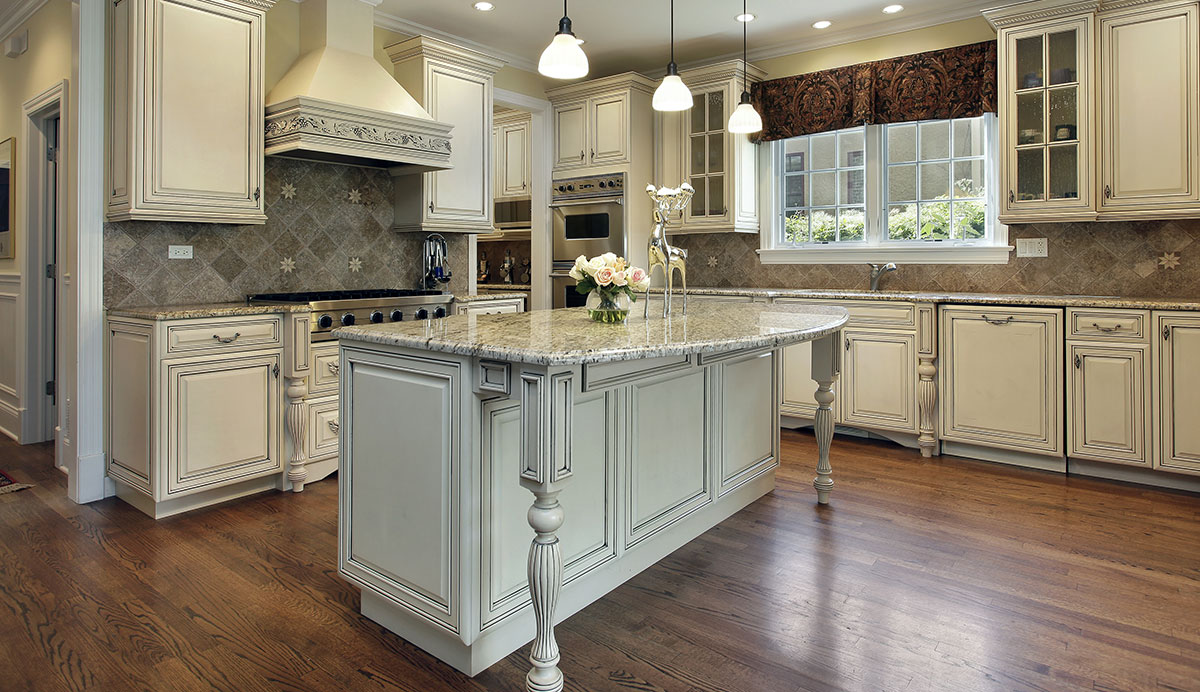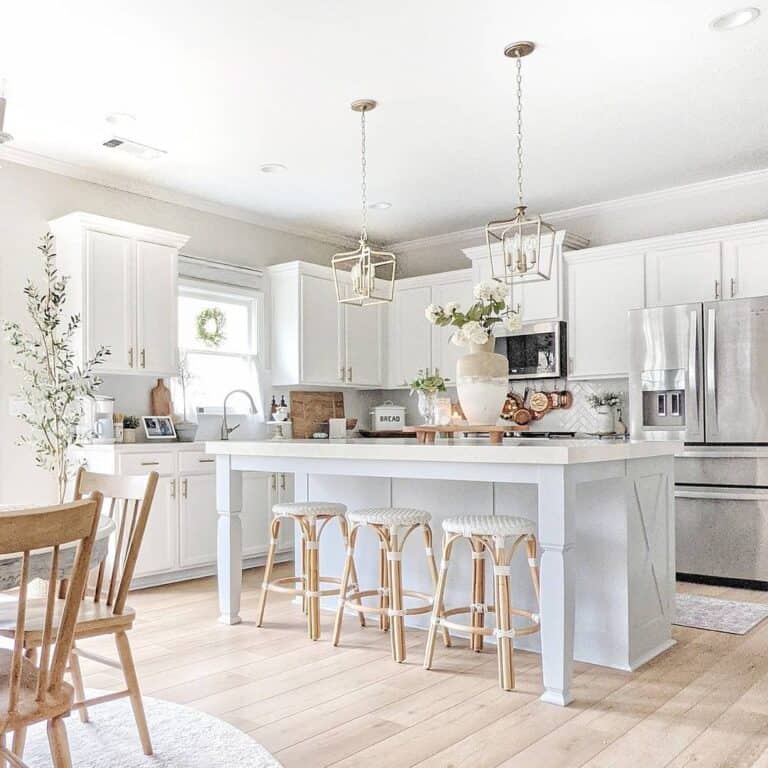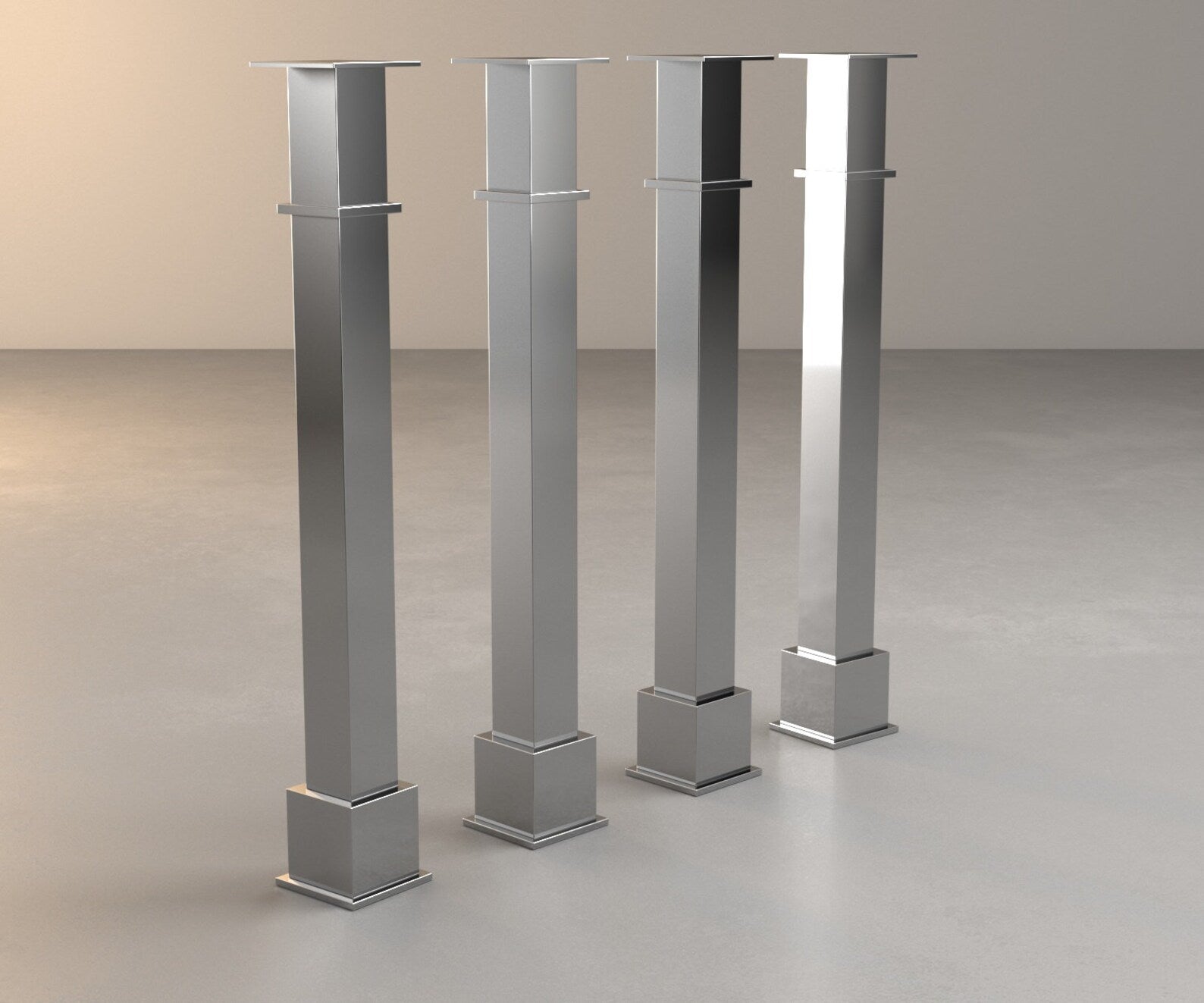Rely on Professional Workmanship for Tailored Legs For Kitchen Island Ideas
Crucial Aspects to Think About When Selecting Legs For Cooking Area Island
Selecting the suitable legs for a kitchen area island entails a mindful assessment of numerous elements that can dramatically influence both capability and visual allure. As we explore these aspects, it ends up being clear that each choice can have far-ranging effects for the total cooking area experience.
Product Options
When selecting legs for a kitchen area island, understanding the numerous product choices is important for achieving both aesthetic charm and architectural stability (Legs For Kitchen Island). The choice of product considerably influences not just the sturdiness of the island however also its general layout and capability
Timber is a prominent selection, supplying heat and flexibility. Solid woods, such as oak or maple, supply toughness and can be stained or repainted to match the kitchen area design. Metal legs, often made from stainless-steel or wrought iron, contribute a industrial and contemporary feel while making certain resilience and stability. These materials are resistant to wear and can sustain substantial weight, making them perfect for larger islands.
One more option is engineered materials, like MDF or plywood, which can be extra affordable while still providing a series of finishes. Nevertheless, they may not offer the exact same degree of security as solid timber or steel. Last but not least, products such as acrylic or glass can create a modern look, though they might require additional assistance to make certain stability.
Inevitably, the selection of material for kitchen island legs need to align with the wanted performance and the general style of the cooking area.
Design And Style

When considering design, the form and finish of the legs are vital. Conical legs can provide a feeling of agility and beauty, while thicker, extra durable legs can convey toughness and stability. In addition, the surface-- be it repainted, discolored, or all-natural-- need to enhance the kitchen cabinetry and counter top materials to create a unified look.
Moreover, the design of the legs can likewise reflect personal taste. Custom-made or decorative legs, such as those including intricate makings or distinct geometric shapes, can act as focal factors, adding personality and character to the cooking area. Eventually, the right option will not only enhance functionality but likewise raise the aesthetic charm, making the kitchen island a standout attribute of the home.
Height Factors To Consider
Selecting the suitable elevation for kitchen island legs is crucial, as it straight influences both performance and convenience. The common elevation for a kitchen island usually varies from 36 to 42 inches, aligning with typical countertop elevations. A 36-inch height is excellent for food prep work and cooking, enabling comfortable use kitchen area appliances and tools. Conversely, an elevation of 42 inches is often chosen for islands intended for bar seating, fitting taller feceses and using an informal eating experience.

It is additionally important to account for individuals' preferences and heights. Customizing the height can make certain a comfortable experience for all family participants, making the kitchen island a much more enjoyable and useful area.
Weight Support
Making certain adequate weight support for cooking area island legs is vital for both safety and security and functionality. The cooking area island commonly offers numerous objectives, consisting of food preparation, eating, and additional storage space, requiring a durable assistance framework. When selecting legs, it is vital to take into consideration the overall weight ability required based on the island's planned usage and the materials that will be positioned on it.
The choice of material for the legs plays a significant duty in their weight-bearing abilities. Solid wood, metal, and durable compounds typically provide superior stamina contrasted to lighter materials. In addition, the layout of the legs-- whether they are straight, tapered, or have a pedestal kind-- can affect their ability to disperse weight effectively throughout the framework.
Additionally, the leg positioning ought to be tactically prepared to enhance security. Legs placed at the edges or with a wider base can much better sustain much heavier tons. Always speak with the manufacturer's specifications regarding load limits to make certain that the legs can maintain the intended weight without jeopardizing security. In summary, picking kitchen island legs with adequate weight support is crucial for producing a risk-free and useful culinary area.
Setup and Upkeep
Correct installment and upkeep of kitchen island legs are essential for making sure longevity and security. To start, it is vital to adhere to the maker's guidelines throughout installment. This typically includes protecting the legs to the island base using proper fasteners, ensuring that the legs are level and straightened. Using a level device can help protect against tottering and enhance the overall visual allure of the kitchen area island.
As soon as installed, routine upkeep is essential here are the findings to preserve the stability and look of the legs - Legs For Kitchen Island. For wooden legs, periodic cleaning with a moist cloth and application of ideal wood gloss can protect against moisture damage and maintain their surface. Steel legs may need a gentle cleansing solution to eliminate grease and crud, complied with by a dry towel to avoid rust development
Additionally, evaluate the legs on a regular basis for indicators of wear or damages, such as splits or loose joints. Tightening up screws or screws as needed can likewise lengthen the life expectancy of the legs. By adhering to these installment and maintenance techniques, home owners can make certain that their cooking area island stays durable and aesthetically appealing for many years ahead.
Conclusion

Visual comprehensibility is vital in choosing the design and style of legs for a kitchen area island, as these aspects greatly affect the general setting of the room. Conical legs can supply a sense of lightness and beauty, while thicker, more look at here now durable legs can communicate stamina and security.Choosing the appropriate elevation for kitchen island legs is important, as it directly affects both performance and comfort. In summary, choosing cooking area island legs with sufficient weight assistance is necessary for developing a practical and safe culinary area.
In verdict, selecting legs for a cooking area island demands mindful factor to consider of numerous elements, consisting of material alternatives, design, height, weight assistance, and setup.